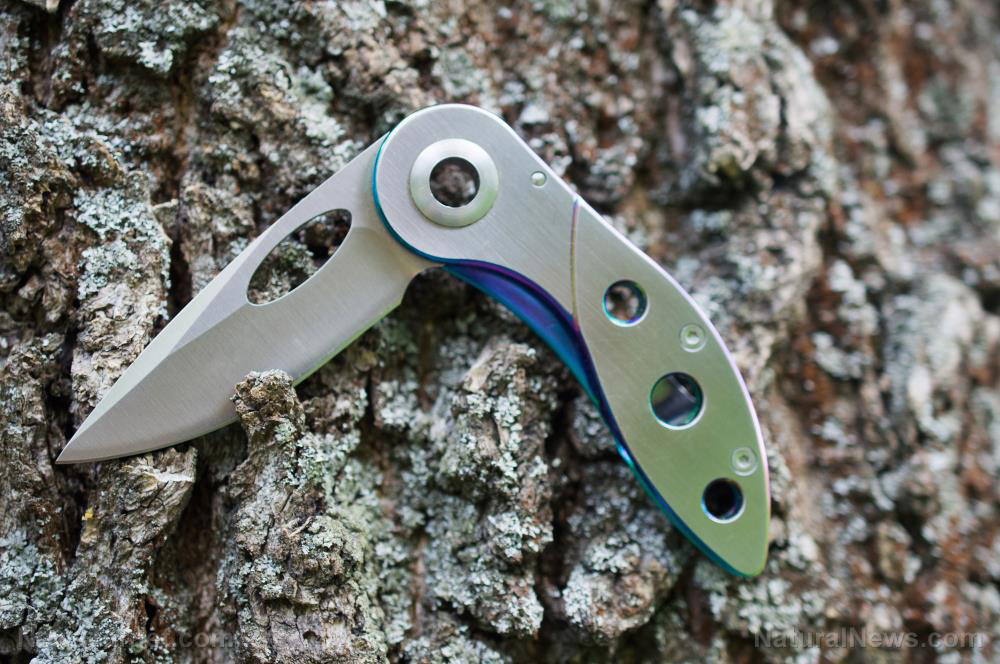
When it comes to knives, bigger isn't always better. While a machete or ax is a must in your bug-out bag (BOB) or your camping gear, you'd be better off including a versatile pocket knife in your everyday carry kit (EDC kit). (h/t to ModernSurvivalBlog.com)
There are many brands of pocket knives and they come in different designs, and what works for you won't always work for another prepper. When choosing a pocket knife for your EDC kit, get something that suits your needs and budget.
As its name suggests, a pocket knife is portable and easy to conceal in your pocket or EDC kit, but it should still be big enough to be useful for different survival tasks. Pocket knives usually have blades that are 3.25 to 3.75 inches long. However, you can also get pocket knives that are shorter than three inches.
A pocket knife shorter than four inches shouldn't be underestimated. Take note that these shorter knives must be used responsibly, especially since different laws and legality issues may be breached when you're carrying a knife with a blade that reaches a certain length.
What are pocket knives used for?
A sturdy pocket knife has many uses.
- Building a shelter
- Food preparation (e.g. cutting or peeling)
- Cutting cordage like rope or string while camping
- Cutting line while you're fishing
- Firestarting and shaving tinder
- Opening a bag of feed
- Opening boxes or packages that you receive in the mail
- Opening sealed cardboard boxes
- Slicing through the foil on food products
The possibilities are endless, especially if a pocket knife is well-made and has a very sharp blade.
Pocket knife blades
A pocket knife will have either a blade with a plain edge, serrated, or both. Choose a knife with a blade that will be most useful to you. Some blades are plain-edged near the tip and serrated near the handle.
If you don't need a knife that can be used for sawing, you can make do with a plain-edge pocket knife. (Related: Top 12 NECESSARY items for survival when SHTF.)
What to look for when buying pocket knives
When selecting a pocket knife for your EDC kit, consider these six features.
- Blade edge – If you're using the pocket knife in an outdoor setting, you may need a serrated edge that can be used for sawing wood. Otherwise, get a pocket knife with a plain edge.
- Blade length – The blade length of your pocket knife will vary depending on what you plan to use it for in your EDC kit.
- Blade shape – Clip point blades are traditional and they're suitable for detail work. If you're getting a pocket knife for self-defense, clip point blades are ideal for stabbing strikes. These blades feature a concave curve (curves inward) to the tip. Drop point blades are durable and versatile. They're also suited for stabbing strikes. A small pocket knife with a drop point blade has a convex curve (curves outward) from the spine of the blade up to the tip. A Tanto blade is strong and suited for tactical use. It is best used for piercing.
- Handle ergonomics – A pocket should have a large enough handle that is easy to grip in one hand.
- Pocket clip – The orientation and placement of a knife's pocket clip will determine how it "rides" on your pants.
- Overall size – Decide if you need a pocket knife smaller than three inches or a four-inch knife for your EDC kit.
When choosing a small pocket knife for your EDC kit, consider how you're going to use it and what type of blade best suits your needs.
Sources include:
Please contact us for more information.





















